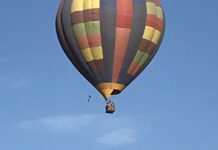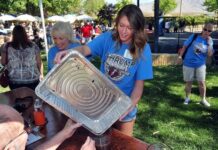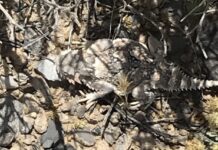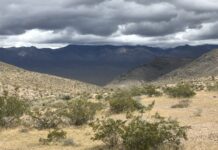Pahrump still has a natural spring that one can walk to
The small town Pahrump is here for only one reason: the first settlers found water close to the surface. Of course, that was vital to the survival of those first settlers for they had no well-drilling equipment. One such spring can still be seen on the south side of town if you are willing to take a walk.
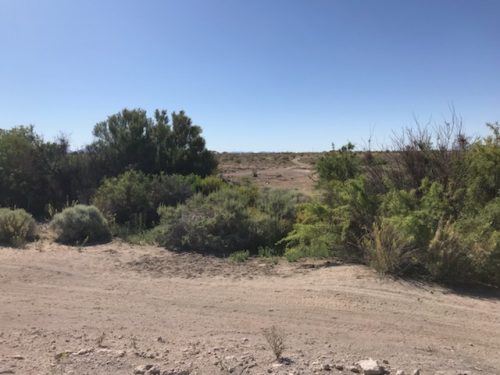
The native Paiute and Shoshone also depended on water. So how did they find water without a drill rig? The water is so close the surface it just bubbled to the top in the form of a spring. This is pretty much how most of Southern Nevada survived. If you go down to Las Vegas, the Springs Preserve has an exhibit on just springs alone.
The name Pahrump comes from the word Pah-Rimpi, or “Water Rock.” The Southern Paiute originally settled in the valley, and the valley was so named because of the numerous artesian springs.
For those that like to dig around in the dirt like myself, some of the springs can still be seen. During the agricultural days, when Pahrump was pumping huge amounts of water to supply the vast cotton fields, the natural springs all dried up. There was so much cotton back in the ’70s that when you drove down the Pahrump roads, “The roads were covered in white cotton balls and looked like snow.”
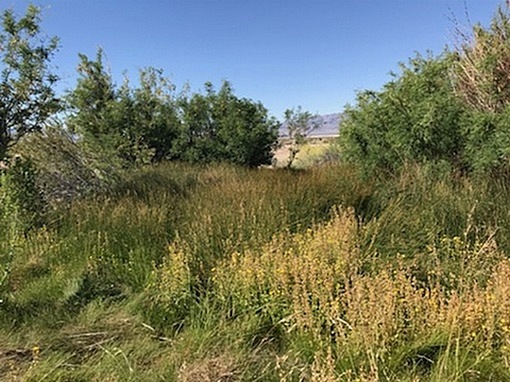
When the cotton growing ended in the early 1980s, the springs returned. One such spring can still be seen, if you are willing to walk or have an ATV. The spring is well known to locals and was used at one time to provide some of the people there with water. The names vary for the spring, so I am not going to give you one. For now it’s just “The Spring.” It was so popular that the first ranchers actually set up a piping system from it. The early cattle ranchers, like the Bowman family, used it to water their herds of cattle. They would take their cattle from this spring and drive them south all the way to Stump Springs, which is all but gone. This
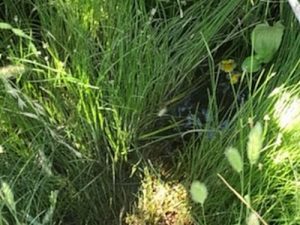
spring is off the Old Spanish Trail.
The most popular spring in Pahrump is Manse Spring, to the east of this spring and near Highway 160. Manse spring is near Mountain Falls Golf Course, hidden from the public and under lock and key.
Now, “The Spring” is pretty much as it was when found by the first settlers. There are some houses close by, but you still have to go about a half mile’s drive on a dirt road to get to The Spring. Once there, it is only a mound, which is similar to the artesian spring mounds that used to be plentiful in Las Vegas. One can also see the fire pits from the Native Americans and early white settlers that used the water of spring mound.
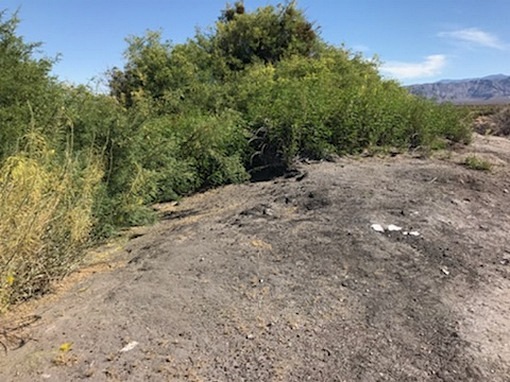
I have taken numerous trips out to this mound. It can be found by going to Martin Avenue and Fox Road in Southern Pahrump. Make a right onto Fox (from Martin) and take it out to the desert going south. From there, you will then go east on another, unnamed dirt road, which is the first left. You will be able to see a small group of shrubs and trees and a mound. That is The Spring. You will know you are there because the plants are very green around the mound.
Once there, look around the spring for life. You will see all sorts of tracks around the spring from the many animals that frequent it: foxes, desert tortoises, lizards, mice, and even coyotes. Then, dig around the mound and you may be lucky and find an arrowhead. Of course, you can’t keep them, and they must be returned to the ground. Have fun, and respect the people that live around the mound, the animals around it, and any artifacts that you find there.
— Vernon Hee





